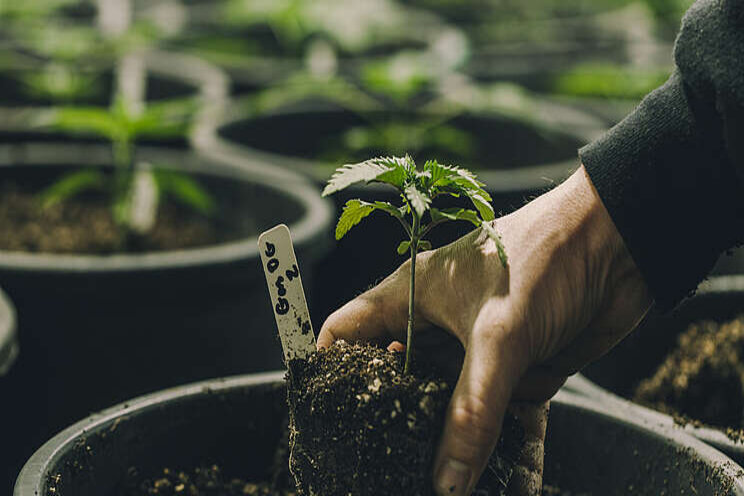Breaking up vertical integration
Added on 05 July 2020


Figure 1. Stages of the cultivation process that could be segmented into separate businesses.
Elsewhere in commercial horticulture, specialization is the norm. It is unlikely that the begonias you bought at your local garden shop spent their entire life inside that greenhouse. More likely, the plant spent time hopping between specialists in the production chain before landing on the retail shelf. One grower typically handles stock plant production and serves as a rooting station for vegetative cuttings. From there, rooted cuttings are shipped to a grower that cares for the plants during the vegetative stage, and once they are an appropriate height for flowering, they are shipped to the last grower to flower out and sell to retailers.
Cannabis businesses should consider imitating this model as a way to ensure competitiveness in the future. In the U.S., federal law does not yet allow for the interstate transport of plants containing THC, but the process can be segmented within states where vertical integration is not a requirement. As we look ahead to full federal legalization in the US, we should anticipate companies abandoning the vertical integration model in favor of specialization. In countries where cannabis cultivation is federally legal, entrepreneurs should consider specialization from the moment they begin planning their business.

Figure 2. Rooting stations specialize in just one segment of the cultivation process: rooting vegetatively propagated cuttings. Photo: Jessica Firger
Cultivators that specialize in breeding and genetics could sell seeds, rooted cuttings, and tissue culture services to commercial growers. Royalties could provide a recurring source of income after the initial sale of seeds or young plants. Contracting propagation activities to a specialist can result in consistently clean rooted cuttings that arrive certified disease-free at roughly ź the cost of producing them in-house. This not only frees up space at the recipient's greenhouse and saves them money, but it eliminates the risks inherent in traditional mother plant and cloning processes. If a mother plant becomes infected, all future generations will exhibit that disease, and the time, money, energy, labor, and space required to maintain healthy stock plants is substantial. Growers that focus on large scale cultivation would do well to outsource this critical step.

Figure 3. Pre-finished plant material is six to 18 inches tall. Photo: Ryan Douglas
Intermediary growers could specialize in growing out seeds and rooted cuttings into mature plants that are ready to flower. These growers would develop this starter material into healthy plants with a strong, vigorous root system. They would also treat the plants with beneficial insects and inoculate the crop with various biological agents to decrease the plant's susceptibility to pest and disease infestations. Plants would stay with this grower until they are about six to 18 inches in height, the appropriate size to initiate flowering.
The final stage in the process would be the flower grower. Monetarily, it's the most valuable stage in the cultivation process, but it's also the most expensive. This facility would have the proper lighting, plant support infrastructure, and environmental controls to ensure that critical grow parameters can be tightly maintained throughout the flowering cycle. The grower would be an expert in managing late-stage insect and disease outbreaks, and they would be cautious not to apply anything to the flower that would later show up on a certificate of analysis (COA), rendering the crop unsaleable. This last stage would also handle all harvest and post-harvest activities, since shipping a finished crop to another location is inefficient and could potentially damage the plants.
As the cannabis cultivation industry normalizes, so too will the process by which it is produced. Entrepreneurs keen on carving out a future in the industry should focus on one stage of the cultivation process, and excel at it.
by Ryan Douglas, Ryan Douglas Cultivation, LLC
Source and Photo Courtesy of The Cannabis Industry
Source: The Cannabis Industry
More news















